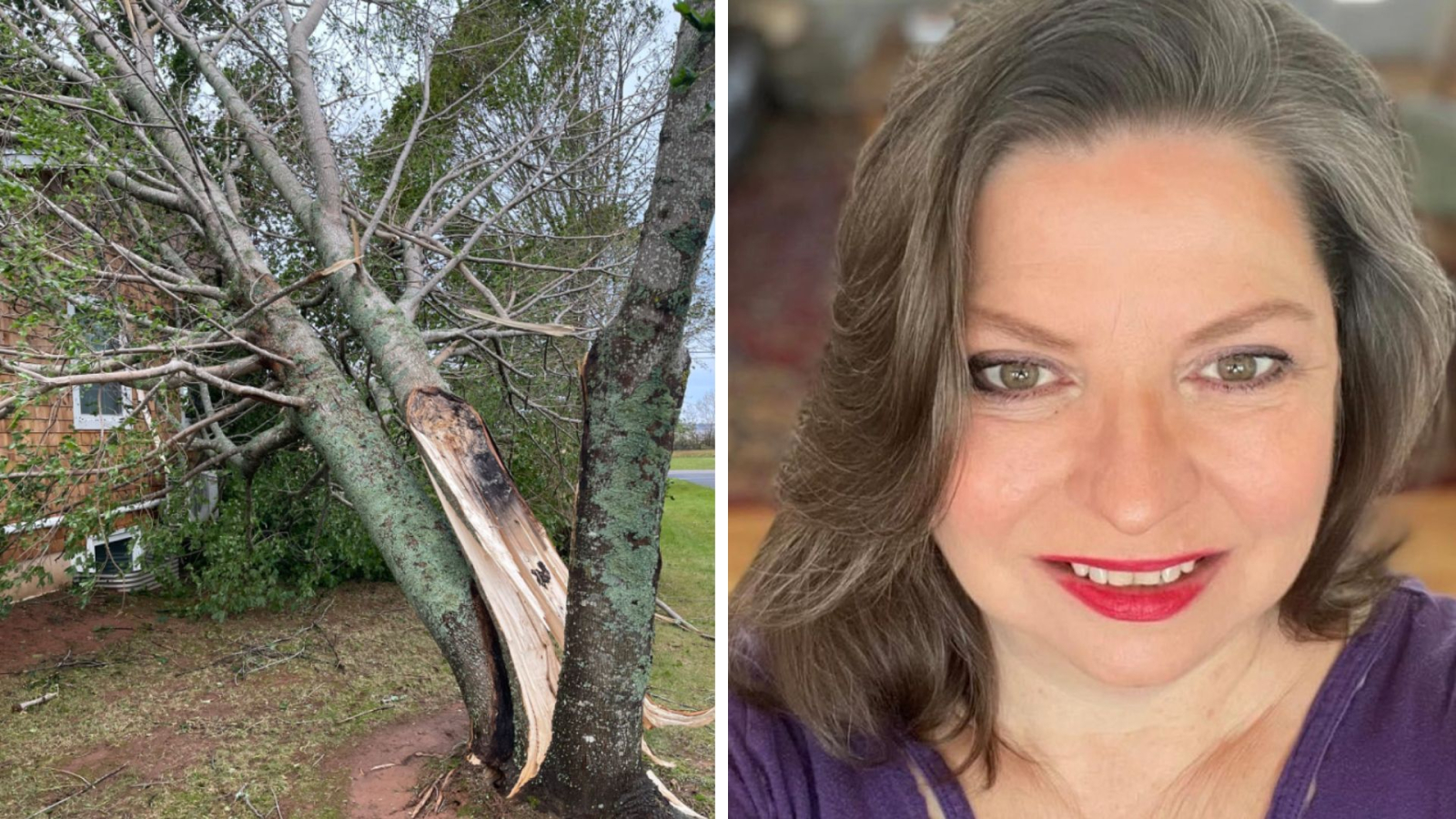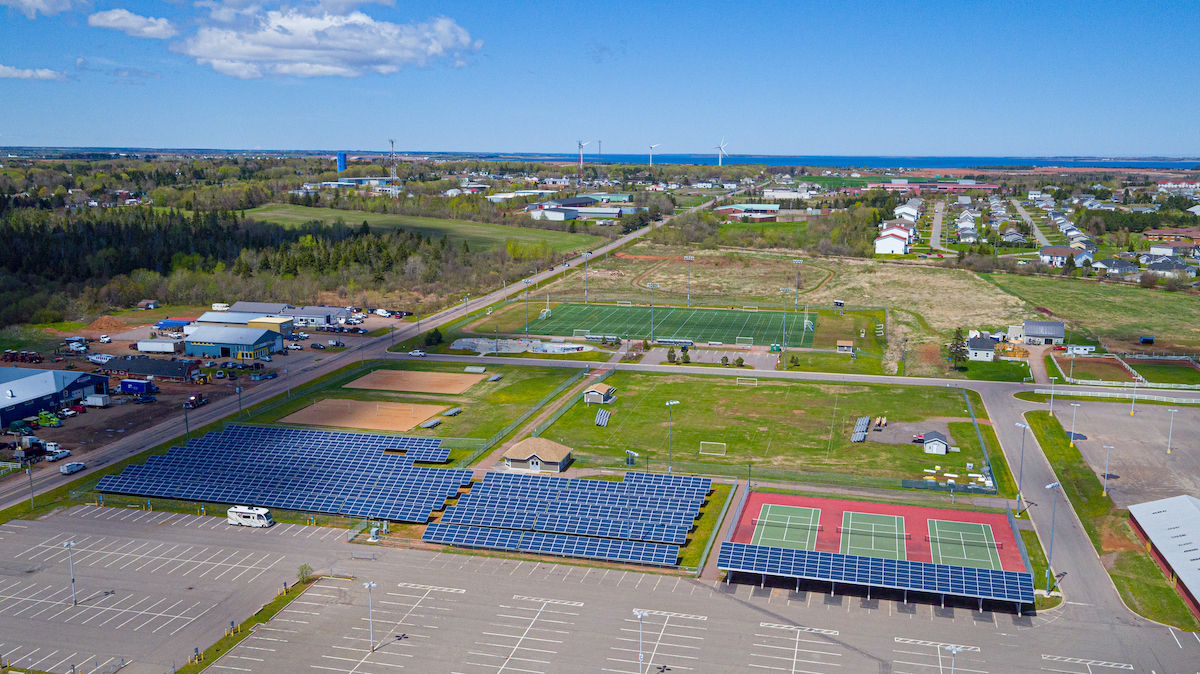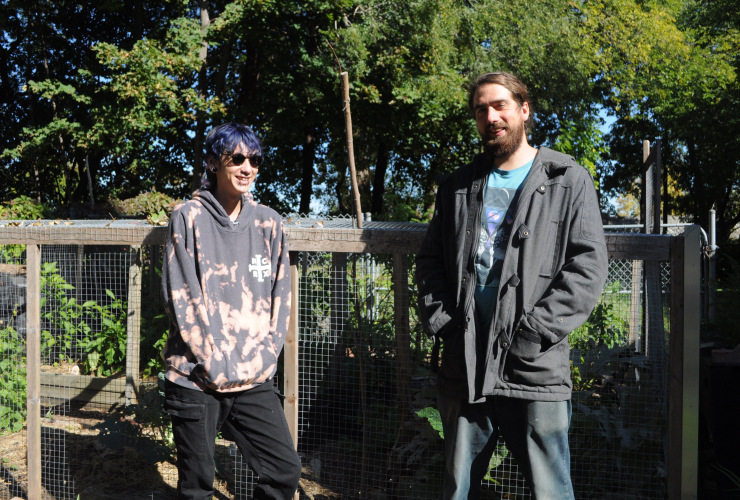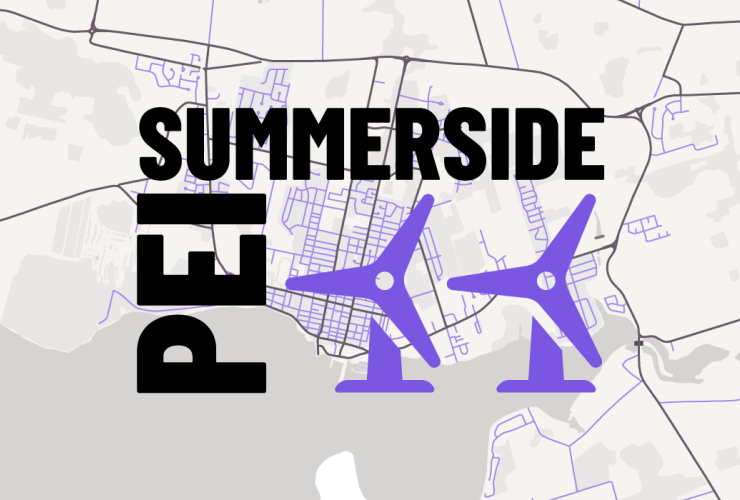When the lights went out on Prince Edward Island during hurricane Fiona, it led to long stretches without power for most residents. However, one city in the province had most people back online in just two days.
Summerside is an idyllic waterfront community unique from other towns and cities on the island. Its electricity company — owned and operated by the city — is powered partly by wind and solar. Most other municipalities on the island get their power from Maritime Electric, a utility owned by Canadian company Fortis Inc., which operates throughout the Western Hemisphere.
“By the end of the day Monday, we had basically 95 per cent of our customers back running,” explained Greg Gaudet, municipal services director for the city.
By the end of Tuesday, city residents “were pretty well back to normal” other than a few people who had significant damage to their homes, he said.
Others in P.E.I. were not so lucky. A week after Summerside had all its power restored, Alesia Napier was on her 11th day without power at her home in Mermaid, which is near Charlottetown, the province’s capital. Her fridge was empty, her spoiled food long tossed out; her bathtub was full of water in case her well ran dry, and a fallen tree lay across her roof.
On Wednesday, the power came back, and Napier finally enjoyed a hot shower and clean sheets. It was welcome after almost two weeks of darkness, which many people across P.E.I. experienced. During hurricane Fiona, 95 per cent of the province lost power. Five days after the storm hit, over 50,000 Maritime Electric customers were still without electricity, around a third of the island’s total population.
“We've got seniors' homes where people are still in the dark. And, you know, you gotta shake your head and just ask the question out loud: Why aren't we doing whatever it is they’re doing?” said Napier, talking about how her area compared to Summerside.

The Atlantic chapter of the Sierra Club points out that having localized energy companies makes power more democratic.
“Community-owned utilities and co-operatives are leaders in the transition to clean, renewable energies. They’re also better at addressing local energy poverty, and most provide better, more reliable service at a lower cost to customers,” says the group, which hosted a webinar featuring Summerside in July.
Storm response
Summerside, which makes up about 10 per cent of the total electrical market on P.E.I., was able to quickly address the issues hurricane Fiona caused for customers.
A portion of Summerside’s power is purchased from New Brunswick, which has a non-renewable grid made up of nuclear, coal, oil and hydro. But there are plans to make more of the city’s grid renewable next year when a 65,000-panel solar farm is set to be completed. At that point, 65 per cent of its power will be renewable and come from on-island sources.
On Wednesday and Thursday, the city worked to get its local wind farm back online so the utility could return to its usual renewable levels.
As the grid was being fixed, Gaudet says the utility had to temporarily turn to fossil fuels to keep the lights on for some residents. The city has had large diesel generators since the 1920s, which it was able to use as backup for around a third of customers when power was down during the storm. The city is working towards having “dispatchable renewable sources” like green hydrogen to replace the generators, he said.
He notes Summerside’s delivery system is more resilient thanks to its Hendrix Aerial Cable System, which is much stronger and more resistant to trees falling than typical power lines. Gaudet said it meant around 0.2 per cent of poles in Summerside broke, compared to one per cent of poles across the rest of the province.
“Any time you talk about restoration efforts, it's really logistics management and also getting the right staff, and then part of it’s good luck … whether it was good management, good luck or infrastructure design — probably a little bit of everything,” he said.
“We wouldn't say we're better than anybody else, but we did bounce back quicker from this storm, that's for sure.”

As storms are expected to get more intense and frequent due to climate change, the adaptability and quick response in Summerside, paired with its commitment to reaching net-zero, is all the more important. In Florida following hurricane Ian, a similar story played out for residents of Babcock Ranch, which calls itself "America's first solar-powered town.” No one in the planned community lost power, which comes from a local solar farm through underground cables, during the storm.
Summerside Mayor Basil Stewart, who’s been the city’s leader for most of the past 35 years, said the push for energy autonomy and renewables just makes sense.
“This is 2022. And you've got to be prepared for the future and protect the environment,” he said.
“And the solar panels created 200 jobs this year getting it in place, and it benefits so many ways.”
Must-see webinar from Sierra
Must-see webinar from Sierra Club, featuring Stanford prof Mark Jacobson - "What if the Wind Doesn't Blow?" - https://www.youtube.com/watch?v=XNuIwYikgsw
Must-see webinar from Sierra
Must-see webinar from Sierra Club, featuring Stanford prof Mark Jacobson - "What if the Wind Doesn't Blow?" - https://www.youtube.com/watch?v=XNuIwYikgsw






Comments